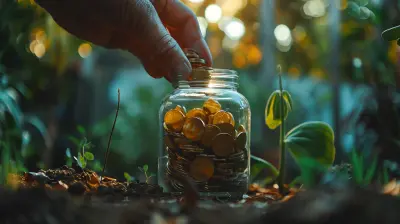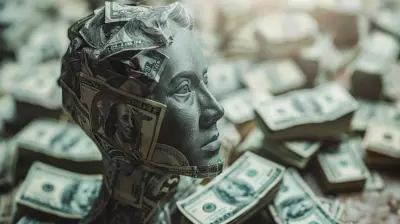The Federal Reserve’s Role in Balancing Economic Growth
27 October 2025
When you hear about the U.S. economy in the news — interest rates rising, inflation climbing, or a possible recession — you’ll often also hear about the Federal Reserve. But what exactly is the Federal Reserve doing behind the scenes? And how does it help (or sometimes unintentionally hinder) the country’s economic growth?
Whether you're an aspiring investor, a curious student, or someone trying to better understand how the economy ticks, you're in the right place. In this article, we're going to break down the Federal Reserve’s role in balancing economic growth in a way that actually makes sense. So, grab a cup of coffee — this is going to be interesting.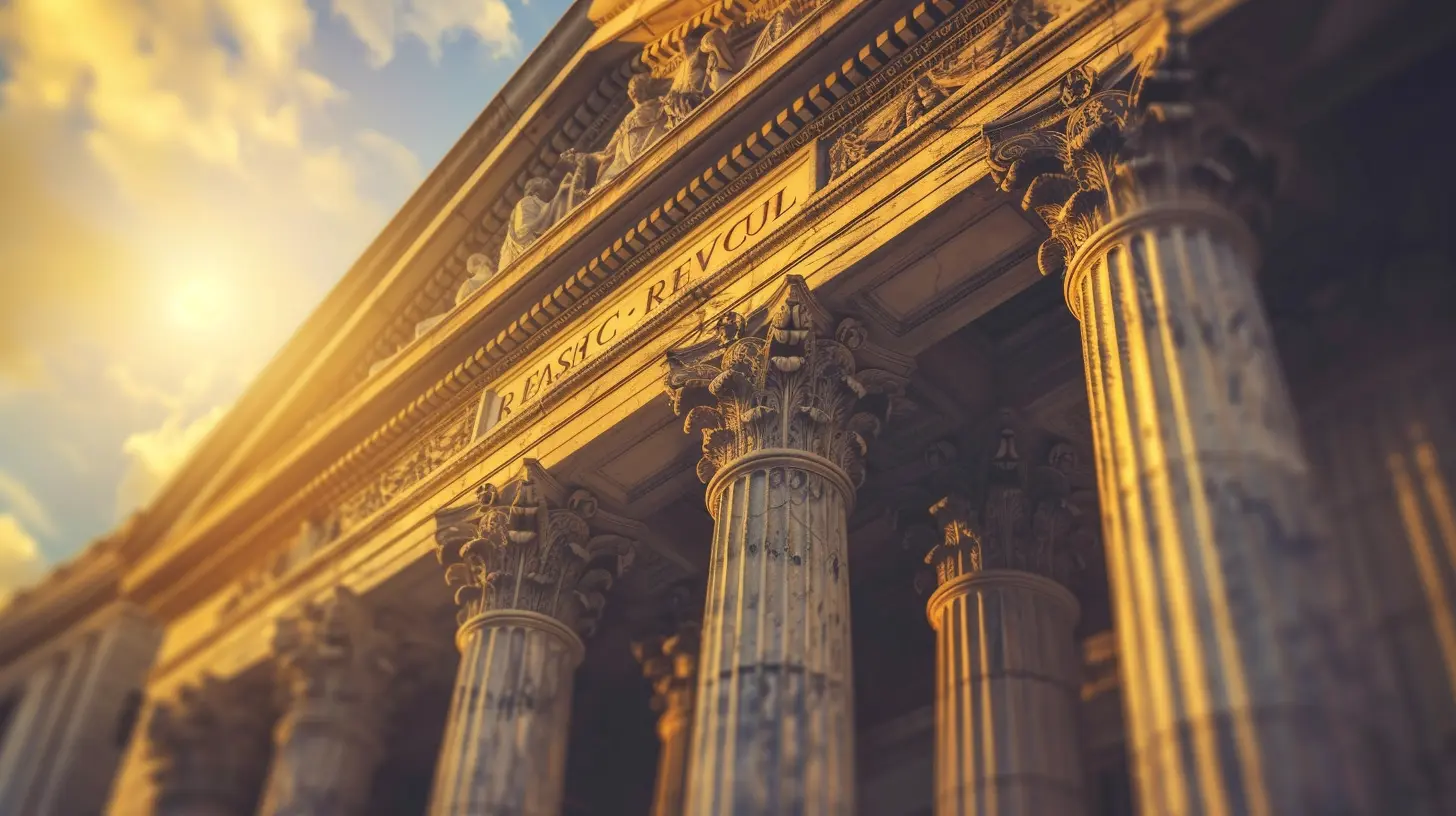
What Is the Federal Reserve, Anyway?
Let’s start with the basics.The Federal Reserve — often just called "the Fed" — is the central bank of the United States. Think of it as the economic steering wheel of the country. It's the institution responsible for making sure the financial system runs smoothly, prices stay fairly stable, and the economy keeps growing (but not too fast).
Created in 1913, the Fed was designed to prevent bank failures and economic panics. Before that, the U.S. economy was like a car on a bumpy road with no shocks. One small shake and... crash. The Fed stepped in as a stabilizer to help smooth the ride.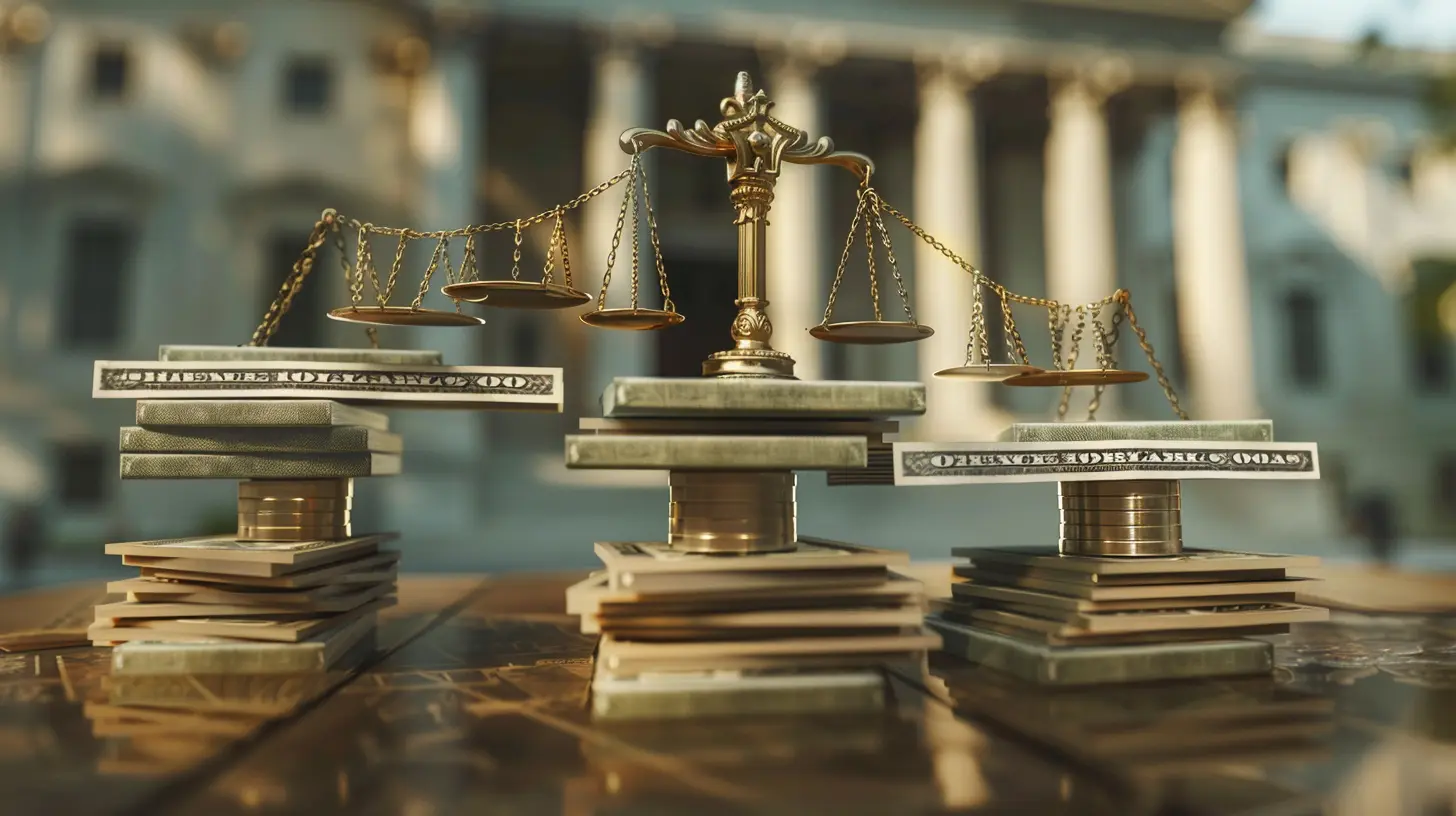
The Fed’s Main Job: Balancing Act
If we had to sum it up in one sentence: the Federal Reserve’s job is to keep the economy in balance.The U.S. economy is like a tightrope walker. Lean too far to one side, and we risk inflation (where prices go up too fast, making everything more expensive). Lean too far the other way, and we fall into recession (when people lose jobs, income drops, and businesses slow down).
The Fed walks this tightrope by adjusting policies to keep the economy growing steadily — not too hot, not too cold — just like Goldilocks’ porridge.
Some of the tools it uses include:
- Setting interest rates
- Conducting open market operations
- Regulating bank reserves
- Providing financial oversight
Let’s break down how each of these helps the Fed guide the economy.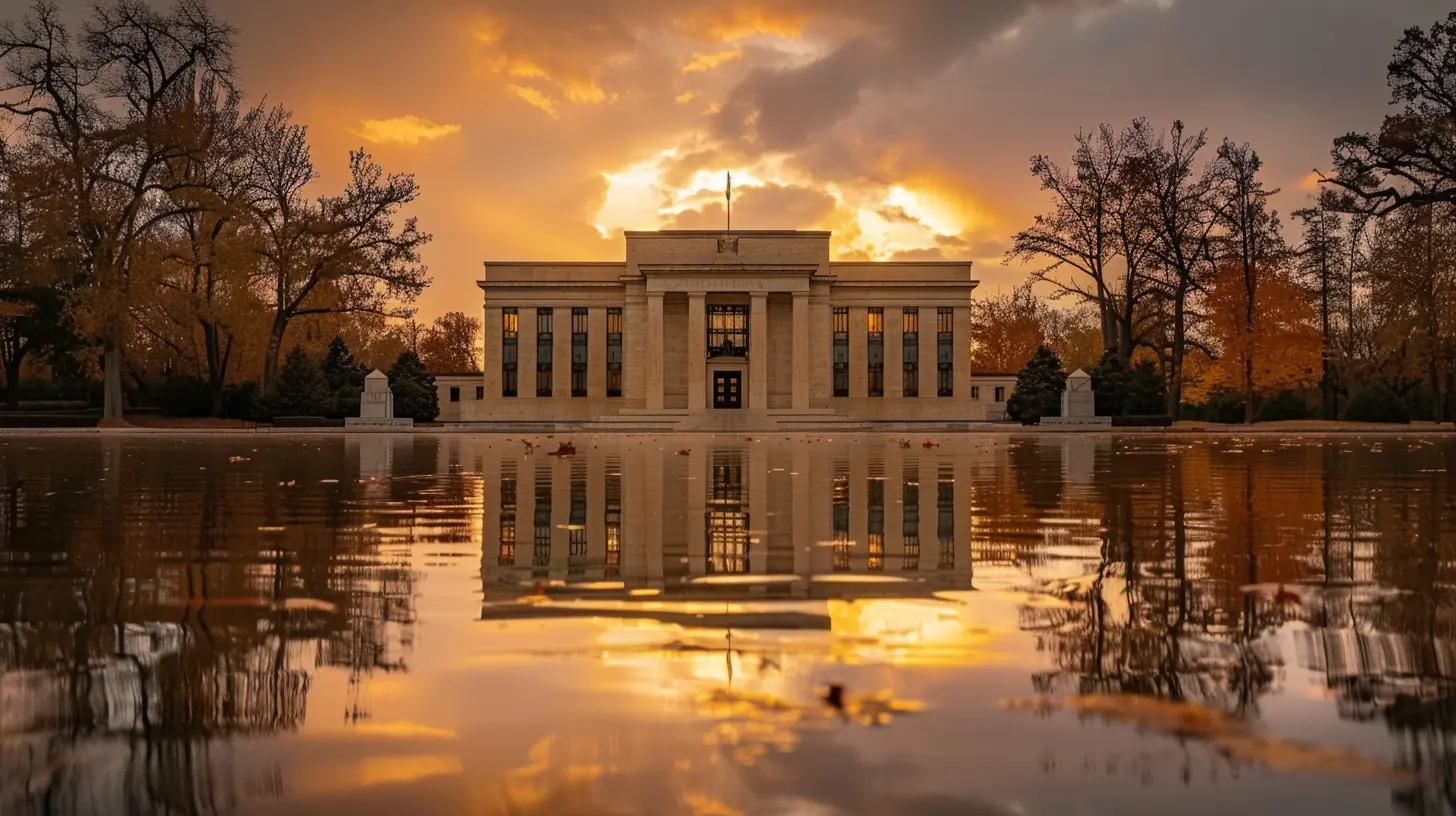
Interest Rates: The Fed’s Favorite Lever
If the Fed had a favorite tool, it would definitely be interest rates.By raising or lowering the federal funds rate — the interest rate at which banks lend to one another overnight — the Fed indirectly influences everything from mortgage rates to credit card interest to business loans.
Lowering Rates = Speeding Things Up
Imagine the economy is sluggish — people aren’t spending, businesses aren’t hiring, and growth is flatlining. What does the Fed do?It cuts interest rates.
Lower rates mean borrowing money becomes cheaper. So:
- You might finally buy that house.
- Businesses can expand without breaking the bank.
- Consumers start spending again.
This injects money into the economy and gives it a nice little adrenaline boost.
Raising Rates = Tapping the Brakes
Now flip the script: the economy is too hot. Prices are shooting up, and inflation’s on the loose.The Fed then cranks up interest rates.
Higher borrowing costs cool things down as:
- Loans get more expensive.
- Spending slows.
- Businesses hold off on expansion.
And just like that, the overheated economy gets a breather.
It's like adjusting the shower temperature — too hot, you turn it down; too cold, crank it up.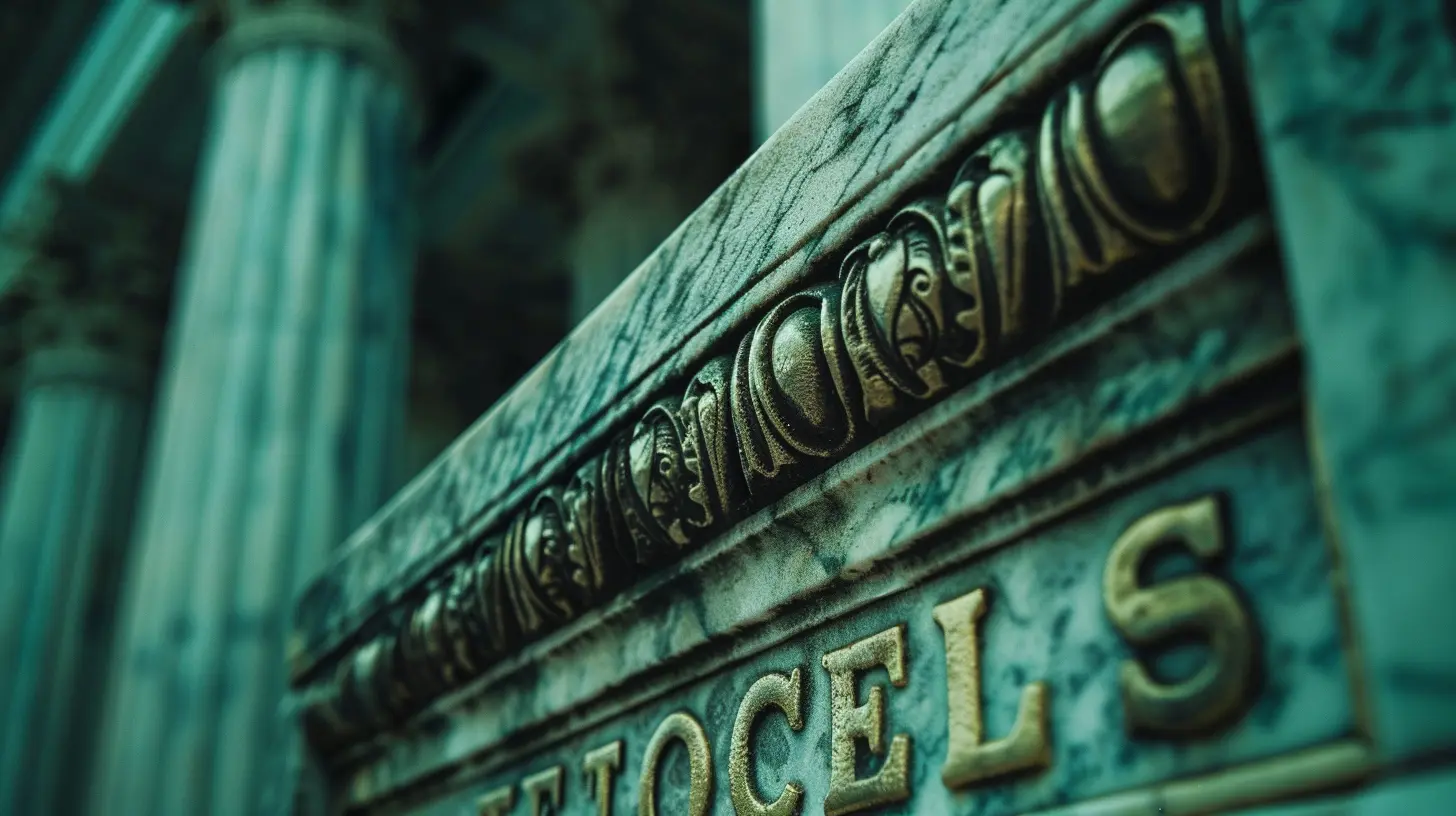
Inflation: The Ever-Present Nemesis
One of the Fed's constant headaches is inflation — when prices rise and the value of money shrinks.A little inflation is actually healthy; it encourages people to spend rather than hoard cash. But when it gets out of hand, it starts eating into people’s savings and purchasing power.
The Fed’s target? Around 2% inflation a year.
When inflation creeps up, the Fed has to act — usually by raising interest rates — to cool things off. But it’s a delicate move. Hike too much, and you risk stalling the economy. Don’t act quickly enough, and inflation can spiral out of control. It’s like trimming a bonsai tree; precision is everything.
Employment: The Other Half of the Mandate
The Fed doesn’t only care about inflation — it's also tasked with promoting maximum employment.Basically, the economy should provide jobs for everyone who wants one. But just like with inflation, too much of a good thing can backfire.
If too many people are employed (yes, it’s a thing), wage pressures can build, prices can rise, and inflation can spike. So again, the Fed plays referee — making sure there are just the right number of jobs and not too much inflation.
It's a balancing act between helping workers and protecting wallets.
Open Market Operations: Quiet But Powerful
You’ve probably never directly felt an "open market operation," but they happen all the time.This is where the Fed buys or sells government securities (like Treasury bonds) on the open market to adjust the money supply.
- When the Fed buys bonds, it injects cash into banks, giving them more money to loan out. Growth gets a boost.
- When it sells bonds, it pulls money out of the system, slowing things down.
Think of this as the money volume knob — turning it up or down to make sure the music (the economy) plays just right.
Reserve Requirements: The Silent Sentinel
Another way the Fed influences things is by setting reserve requirements — the amount of money banks must keep on hand instead of lending out.By increasing reserves, the Fed restricts lending (slowing the economy). Lower reserves = more lending (stimulating growth).
Although it doesn't use this tool often anymore, it's still an important lever in rare or extreme situations.
Crisis Management: The Fed to the Rescue
Remember the 2008 financial crisis? Or the market panic at the start of the COVID-19 pandemic?In both cases, the Fed played a massive role in stabilizing the economy.
- During 2008, it slashed interest rates to near zero.
- In 2020, it launched emergency lending programs and bought up billions in government bonds to keep markets functioning.
Sometimes the Fed acts like an emergency room doctor, stepping in with aggressive treatment to save the patient — the economy — from flatlining.
The Fed Doesn’t Work Alone
Let’s be clear: while the Fed is powerful, it’s not the only force at play.Congress and the President also influence the economy through fiscal policy — things like taxes, government spending, and stimulus checks.
Think of it like flying a plane: fiscal policy controls the engine’s power, while the Fed adjusts the flaps to keep the ride stable.
They have different roles but need to work together. If one is doing too much or too little, it throws off the balance.
Risks of Getting It Wrong
The Fed is smart — staffed by economists, analysts, and finance PhDs — but it doesn’t have a crystal ball. Sometimes, it makes missteps.- Raise rates too quickly? You might crash into a recession.
- Keep rates low for too long? Inflation might spiral out of control.
- Underestimate threats? Financial markets could panic.
Even with all the data and models, economic forecasting is part science, part art. The Fed is always reacting to real-world events, and often, those events don’t follow the script.
Global Impact: It's Not Just About the U.S.
Believe it or not, the Fed’s policies ripple across the globe.Think about it: the U.S. dollar is the world’s main reserve currency. So when the Fed raises rates, it can strengthen the dollar. That makes exports from other countries more expensive and can shake up emerging markets.
Other central banks watch the Fed like hawks, adjusting their own policies in response. It’s all part of the interconnected dance of the global economy.
How It Affects You
All this talk about interest rates, inflation, and open market operations may feel distant — but it’s not.The Fed’s decisions can:
- Influence your mortgage rates
- Affect your credit card interest
- Determine how much interest you earn on savings
- Shape your job prospects indirectly
- Impact stock market performance
So yes, when Jerome Powell — the current Fed Chair — speaks, markets move, and in turn, so does your wallet.
Final Thoughts: A Careful Balancing Act
The Federal Reserve plays a vital role in shaping the health of the U.S. economy. Like a conductor guiding an orchestra, the Fed must harmonize different parts — jobs, spending, inflation, and money supply — to keep the economy running in tune.It’s a tough job. The balance is delicate. One wrong move can send the economy spiraling.
But when done right? It keeps the economy growing sustainably, businesses flourishing, people employed, and inflation in check.
So, the next time you hear about a Fed rate hike or inflation projection, remember — it's all part of a high-stakes balancing act aimed at keeping the economic tightrope walker steady.
all images in this post were generated using AI tools
Category:
Economic IndicatorsAuthor:

Knight Barrett
Discussion
rate this article
1 comments
Cora Pratt
This article sheds light on the Federal Reserve's critical function in steering economic growth. I'm curious about how their decisions impact everyday consumers and businesses. What specific measures can they take to ensure sustainable growth?
October 29, 2025 at 12:41 PM

Knight Barrett
Thank you for your interest! The Federal Reserve can ensure sustainable growth through measures like adjusting interest rates, implementing quantitative easing, and regulating bank reserves. These actions influence borrowing costs and liquidity, impacting both consumers and businesses directly.
